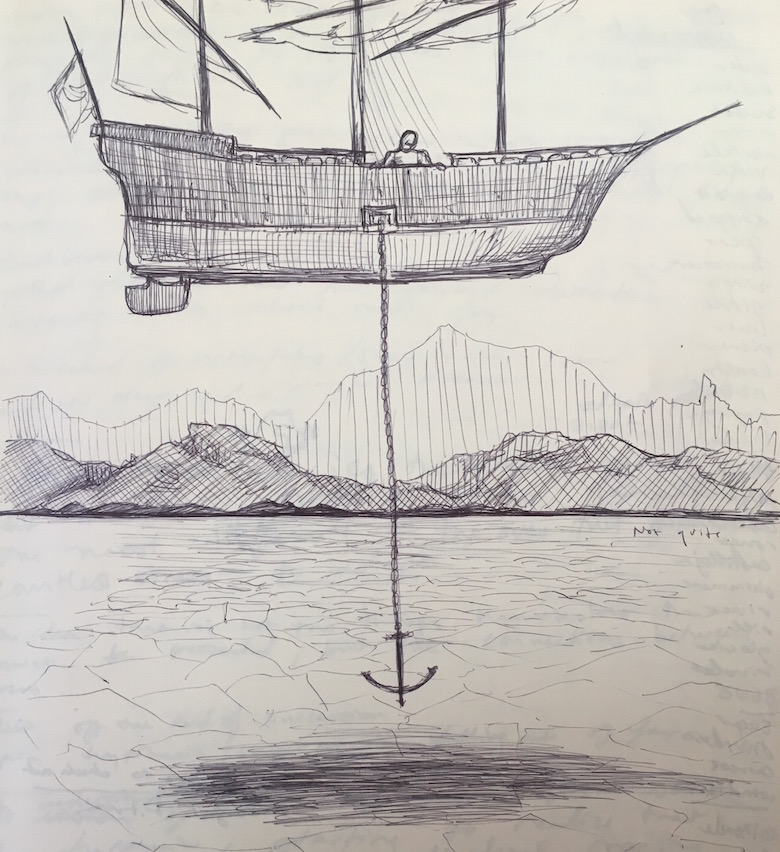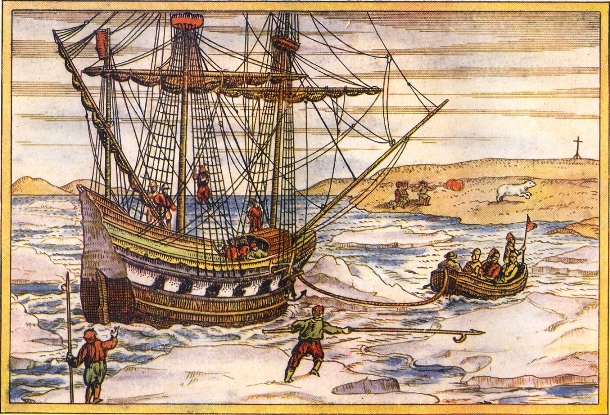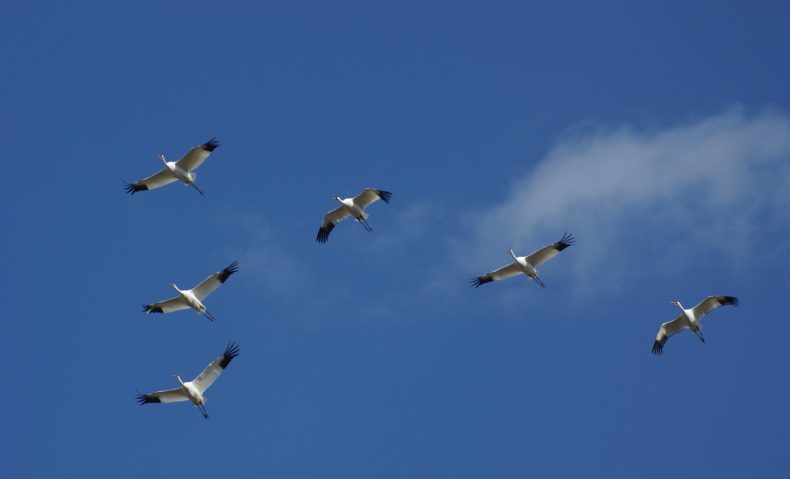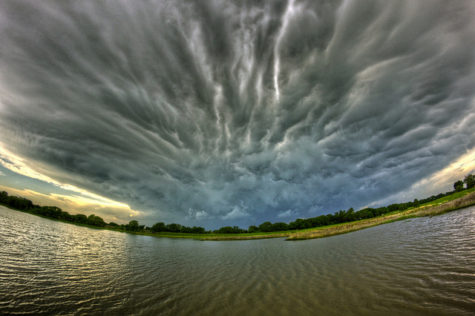 Perhaps 500 yards from my door—up an icy, winding driveway, a short way down a gravel road, beyond barbed wire fences and snow-skirffed pastures and the wind-twisted trunks of piñon and juniper trees—is a barn that shelters two sailboats in the middle of the Colorado desert. I first spotted them on a walk and stopped to stare. The nearest large reservoir is more than two hours away from the house I am borrowing here; the ocean, more than 16 hours away.
Perhaps 500 yards from my door—up an icy, winding driveway, a short way down a gravel road, beyond barbed wire fences and snow-skirffed pastures and the wind-twisted trunks of piñon and juniper trees—is a barn that shelters two sailboats in the middle of the Colorado desert. I first spotted them on a walk and stopped to stare. The nearest large reservoir is more than two hours away from the house I am borrowing here; the ocean, more than 16 hours away.
But as freezing gusts combed fingers through my hair, grasped and numbed my hands, the sailboats began to make a certain sense. This desert breaks in waves to the horizons like an ocean, troughed with canyons, crested with rimrock and foamed with sage and rabbitbrush. And since I arrived two weeks ago, its surface has been slapped by just the kind of steady wind that would make those sailboats fly across water. Perhaps, I thought, they’re waiting for their moment to take wing through the air, instead.
I came to western Colorado for a brief stint of solitude, quiet, and space after a hectic three months. My home in Portland, Oregon, borders a busy thoroughfare. Cars grind by day and night. Drunk people yell from sidewalk corners. There is no escaping the glare of streetlights. When I’m anxious – as I have often been with recent writing projects and the turmoil that’s followed the presidential election – I can’t sleep until I stuff my head under a stack of pillows, simulating the peaceful, pitch-black rural nights that were the norm in my adult life before I moved to the city.
And yet while the desert has delivered more space than I know what to do with, the quiet and solitude I hoped for have been hard to come by. Because the same wind that clutches at my hair and clothes on my walks is always dropping by the house to visit. Continue reading →



 This week, vacations from the ordinary from LWON writers.
This week, vacations from the ordinary from LWON writers.
 Perhaps 500 yards from my door—up an icy, winding driveway, a short way down a gravel road, beyond barbed wire fences and snow-skirffed pastures and the wind-twisted trunks of piñon and juniper trees—is a barn that shelters two sailboats in the middle of the Colorado desert. I first spotted them on a walk and stopped to stare. The nearest large reservoir is more than two hours away from the house I am borrowing here; the ocean, more than 16 hours away.
Perhaps 500 yards from my door—up an icy, winding driveway, a short way down a gravel road, beyond barbed wire fences and snow-skirffed pastures and the wind-twisted trunks of piñon and juniper trees—is a barn that shelters two sailboats in the middle of the Colorado desert. I first spotted them on a walk and stopped to stare. The nearest large reservoir is more than two hours away from the house I am borrowing here; the ocean, more than 16 hours away.
 Since last week, we’ve been watching the weather forecast with something that’s almost joy, but won’t quite let itself be. Often, the weekly report has a beaded string of sunshines, with different ways to describe them. Abundant sunshine. Plenty of sun. Hot. Sometimes, there are clouds. But even when the slot machine lineup of my weather app has a series of rainy days, I’ve learned to wait until I see the silver falling. Ever optimistic, the forecast will show those lucky rainstorms even when the chance of rain is as low as 10 percent.
Since last week, we’ve been watching the weather forecast with something that’s almost joy, but won’t quite let itself be. Often, the weekly report has a beaded string of sunshines, with different ways to describe them. Abundant sunshine. Plenty of sun. Hot. Sometimes, there are clouds. But even when the slot machine lineup of my weather app has a series of rainy days, I’ve learned to wait until I see the silver falling. Ever optimistic, the forecast will show those lucky rainstorms even when the chance of rain is as low as 10 percent.